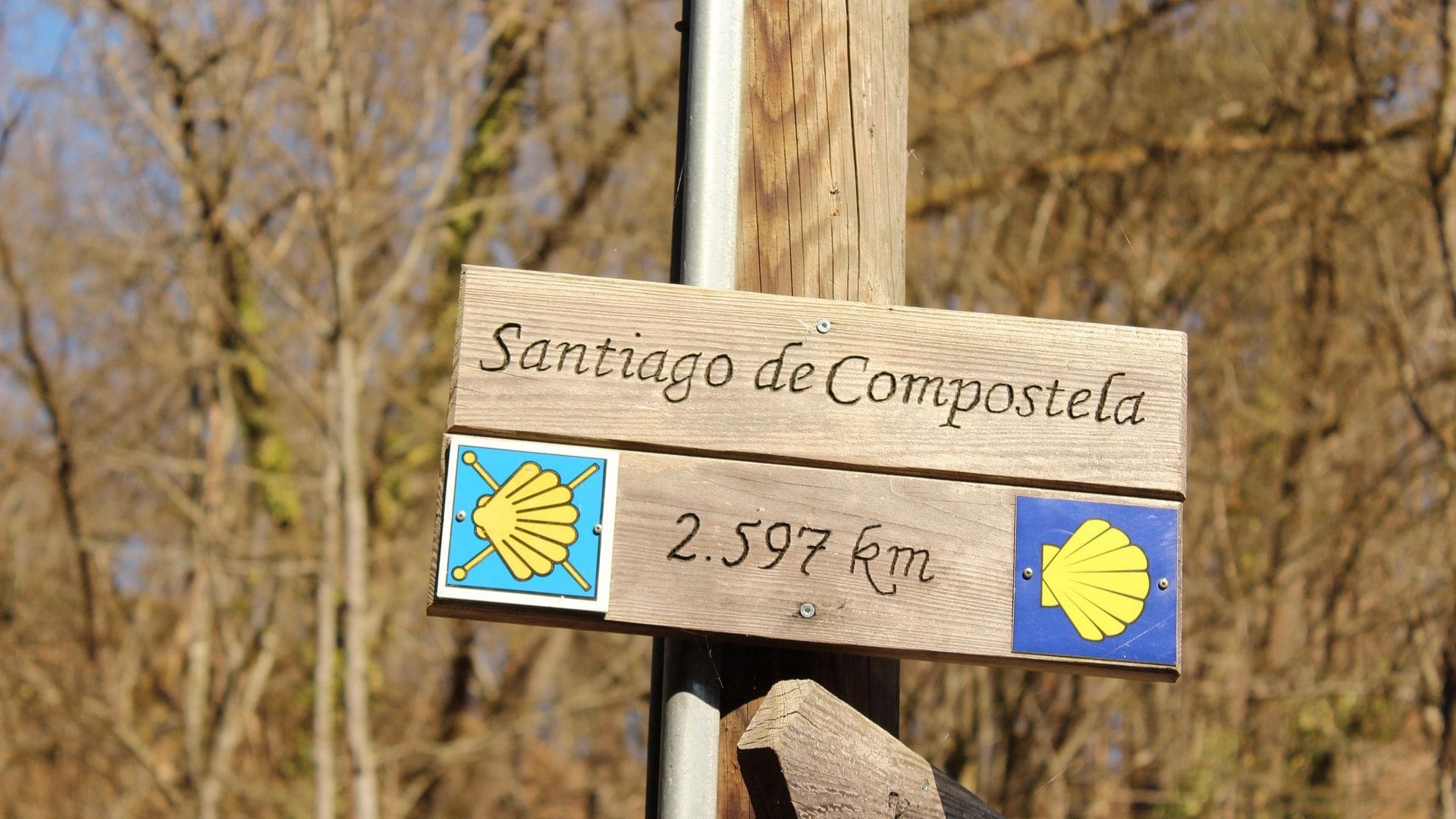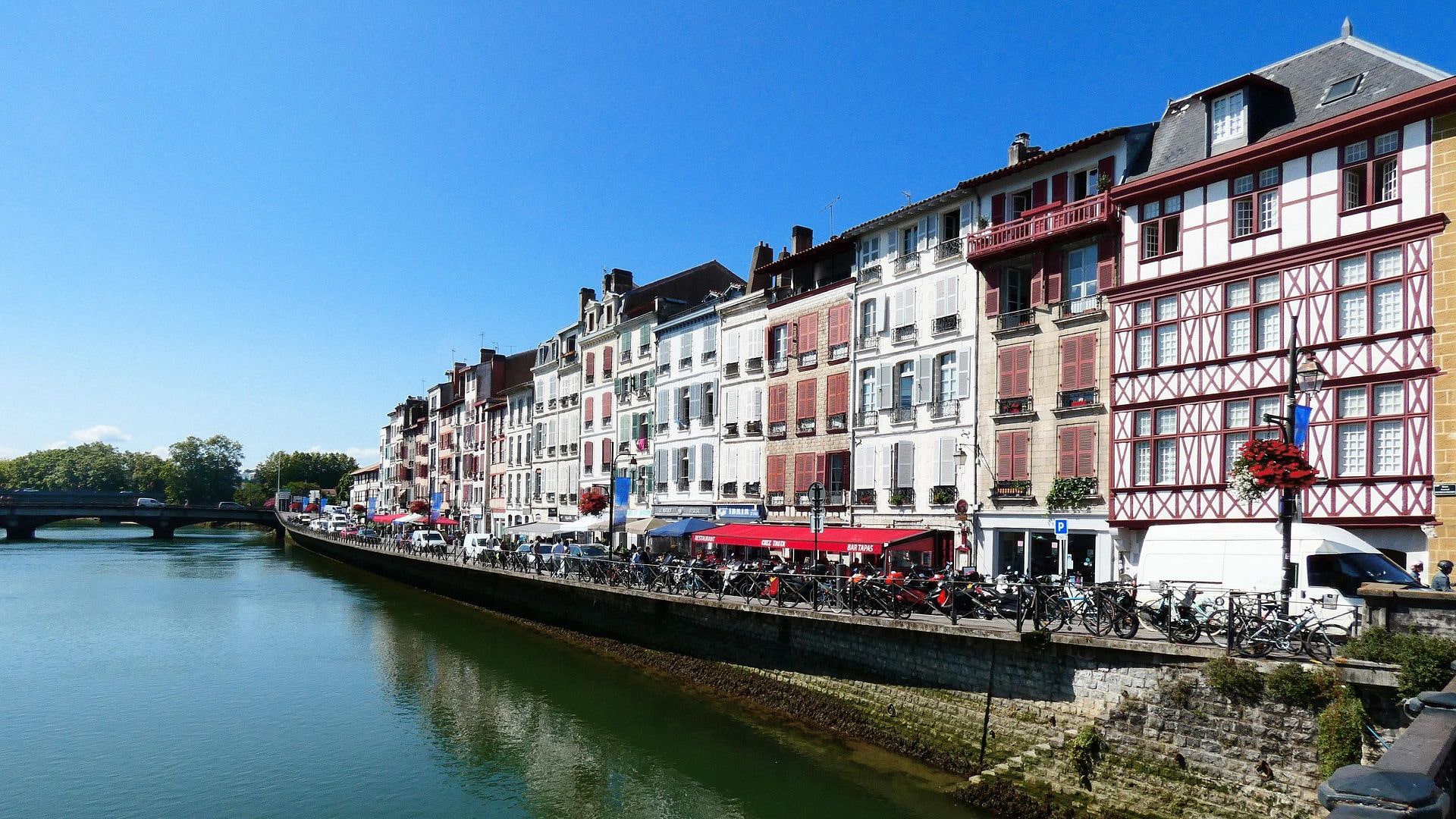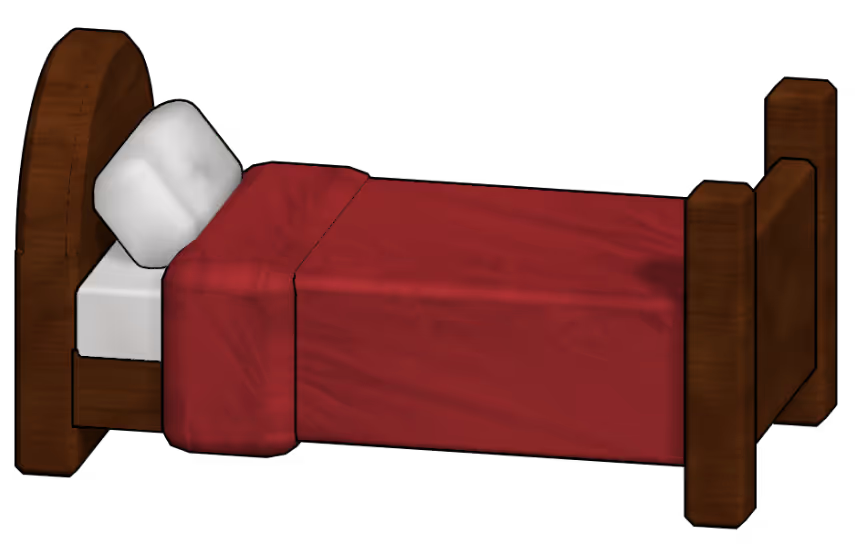The most beautiful paths of the Camino del Norte
From Bayonne to Saint-Jacques: between ocean, mountains and Basque villages

The Camino del Norte, or Northern Way, is one of the most spectacular routes to Santiago de Compostela.
Less frequented than the Camino Francés, it runs along the Atlantic coast, crossing the Basque mountains, the cliffs of Cantabria and the green landscapes of Galicia.
This path can also start in France, in Bayonne or in Saint-Jean-Pied-de-Port, two cities deeply linked to the spirit of pilgrimage.
Bayonne, discreet but symbolic gateway
Bayonne, a historic and Basque city par excellence, is a confidential but increasingly popular starting point for walkers in search of authenticity.
Why leave here:
- To start slowly, avoiding crowds
- To enjoy Basque culture on the French side before entering Spain
- To reach either the Camino del Norte via Irun, or the Camino Interior via Saint-Jean-Pied-de-Port
From Bayonne, two routes are possible:
- Follow the coast to Hendaye, then cross the border on foot to Irun, the official point of the Camino del Norte.
- Go up to Saint-Jean-Pied-de-Port, to reach the Camino Francés Or the Camino Vasco del Interior.
The portion between Bayonne and Irun is not very busy but offers superb coastal landscapes and authentic stops: Ustaritz, Ainhoa, Sare, and the cliffs of Urrugne.
Saint-Jean-Pied-de-Port, emblematic stage
Saint-Jean-Pied-de-Port is the most well known gateway to the Camino Francés, but also a strategic crossing point between several Jacobean routes.
There you will find:
- La Citadel of Vauban
- La St. James' Gate, listed as a UNESCO World Heritage Site
- A strong pilgrim culture with lodgings, inns and signposting
- The possibility of joining the Camino del Norte via the Camino Vasco del Interior
The most beautiful stages of the Camino del Norte in Spain
Irun — San Sebastian
A demanding but splendid first stage, between mountains and ocean.
Arrival in La Concha Bay, in San Sebastián, renowned for its gastronomy.
Zumaia — Deba
Crossing the UNESCO geopark of flyschs, spectacular rock formations.
A unique section along the entire Camino.
Bilbao — Portugalete
Discover the cultural capital of the Spanish Basque Country, with the Guggenheim Museum, the old center and the famous suspension bridge of Portugalete.
Santander — Santillana del Mar
Alternation between port city, dream beaches, and perfectly preserved medieval village.
A very balanced stage.
Llanes — Ribadesella — Gijón
Welcome to Asturias: alpine landscapes, traditional cider houses and colorful villages.
Oviedo (via Camino Primitivo variant)
Possibility to branch off to the Camino Primitivo, more mountainous, for an even wilder and more spiritual itinerary.
Why choose the Camino del Norte
- Less busy, wilder
- Great diversity of landscapes: sea, cliffs, forests, mountains
- Exceptional Basque and Asturian gastronomy
- Quieter and authentic stages
- Possible starting point in France, in Bayonne or Saint-Jean
Practical information
- Departure from Bayonne: itinerary to Ustaritz, Sare, then Hendaye/Irun
- Departure from Saint-Jean-Pied-de-Port: via Camino Vasco del Interior
- Accommodation: youth hostels, pellerin inn
- Difficulty: more physical than the Camino Francés (altitude difference, humidity)
- Marking: yellow shells and arrows; sometimes discreet on the French side — prefer applications such as Buen Camino or Gronze
In summary
The Camino del Norte is a unique itinerary for those who want to combine spirituality, nature and culture.
By choosing Bayonne or Saint-Jean-Pied-de-Port as a starting point, you are anchoring your walk in a rich, lively, and authentic Basque territory.
The path then becomes much more than a journey: an inner journey, at the pace of your steps.
Also to be read

What to do in Bayonne?


